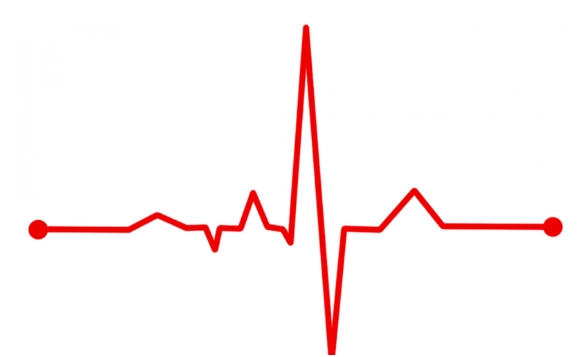Once upon a time, people were looking for a doctor to diagnose. Now, wearable sensors can solve this problem. It can not only help the body monitor heart rate, activity, body temperature, but also reveal variables that change in the human body, including infection and inflammation. And even insulin resistance and other symptoms.
Now, a person's heart rate, activity, and body temperature can be monitored by wearable sensors. Snyder is a senior author of the study, published in the January 12, 2017 issue of the journal PLOS Biology.
An important part of ongoing research is to create a series of normal or baseline values ​​for each individual that can be used as a parameter when they are ill. “We want to conduct research for each individual,†says genetics professor Michael Snyder.
Postdoctoral scholar Xiao Li, Jessilyn Dunn, and software engineer Denis Salins completed the article.
The team collected 2 billion measurements from 60 people, including continuous data on each participant's wearable biosensor devices, cycle data from their blood chemistry, laboratory testing of gene expression, and other measurement data. . Participants wear 1 to 8 motion monitors and other monitors and collect more than 250,000 measurements per day. The team collected weight, heart rate, blood oxygen, body temperature, activity (including sleep, steps, gait, cycling and running), calorie consumption, acceleration, and even data including exposure to gamma rays and X-rays.
“I am very impressed with all the data collected,†said Eric Top, a professor of genomics at the Scripps Research Institute, who was not involved in the study. “This study used a lot of sensors and collected a lot of different data from everyone.â€
Studies have shown that by assigning a baseline range value to each individual, it is possible to monitor deviations from normal values ​​and the associations between these deviations from environmental conditions, diseases, or other factors that affect health. Special patterns that deviate from normal values ​​are related to specific health problems. Design an algorithm to study the patterns of these changes that contribute to clinical diagnosis and research.
The study is an example of Stanford University School of Medicine's focus on precision medicine research. Their goal is to predict and prevent disease for healthy people and to accurately diagnose and treat diseases for patients.

An unexpected diagnosis
In 2016, the family flew to Norway for a holiday. On long-haul flights, Snyder noticed a change in his heart rate and blood oxygen level. As one of the 60 participants in this digital health study, he was wearing seven biosensors. From previous trips, Snyder learned that his blood oxygen level usually drops during the flight, and his heart rate will increase when the plane just takes off. This phenomenon also occurs in other participants. But when the long-distance flight ends and the plane falls, these data will return to the normal range. But this time, his data did not return to normal. The body must have appeared. When Snyder had fever and other signs of illness, he was not very surprised. He was already prepared.
Two weeks ago, he had been helping his brother at the Massachusetts farm to build a fence, so his biggest concern was that he might be bitten by a tapeworm and infected with Lyme disease. In Norway, Snyder persuaded the doctor to prescribe him with doxycycline, an antibiotic for the treatment of Lyme disease. Subsequent tests confirmed that Snyder was indeed infected with Lyme disease.
Before he knew he was ill, the wearable sensor found him infected, and Snyder was impressed. “Wearable sensors can help with early diagnosis,†he said. Subsequent data analysis confirmed his suspicion that heart rate and blood oxygen levels deviated from normal values ​​on long-haul flights to Norway. This result is indeed abnormal and should be taken seriously.
"Before the disease happens, you can detect that you are infected with the virus," Topol said.
The future of wearables
When you see a doctor, the patient is measured for blood pressure and body temperature, but the data is collected every year or two and is often overlooked, unless the results deviate from normal values, otherwise they will not attract attention. But the vision and planning of biomedical researchers is to continuously monitor human health.
Snyder said: "There are more sensors on the car than people." In the future, he hopes that this situation can be reversed, and the sensor on the person should be more than the car. Consumers have purchased a large number of wearable devices, including 50 million smart watches and 20 million fitness monitors. Most monitors are used to monitor activity data, but they can easily be adjusted to devices that can directly monitor health data, Snyder said.
With precision medicine , everyone can know his or her dozens of normal baseline data. Automated data analysis can detect singular data points, which indicates a health risk and requires intervention, prevention, or treatment.
Fall Protective Belt,Safety Rope,High Altitude Seat Belt,Outdoor Protective Belt
Dongying Hong Xing Labor Protection Products Co.,Ltd. , https://www.hongxinglabor.com